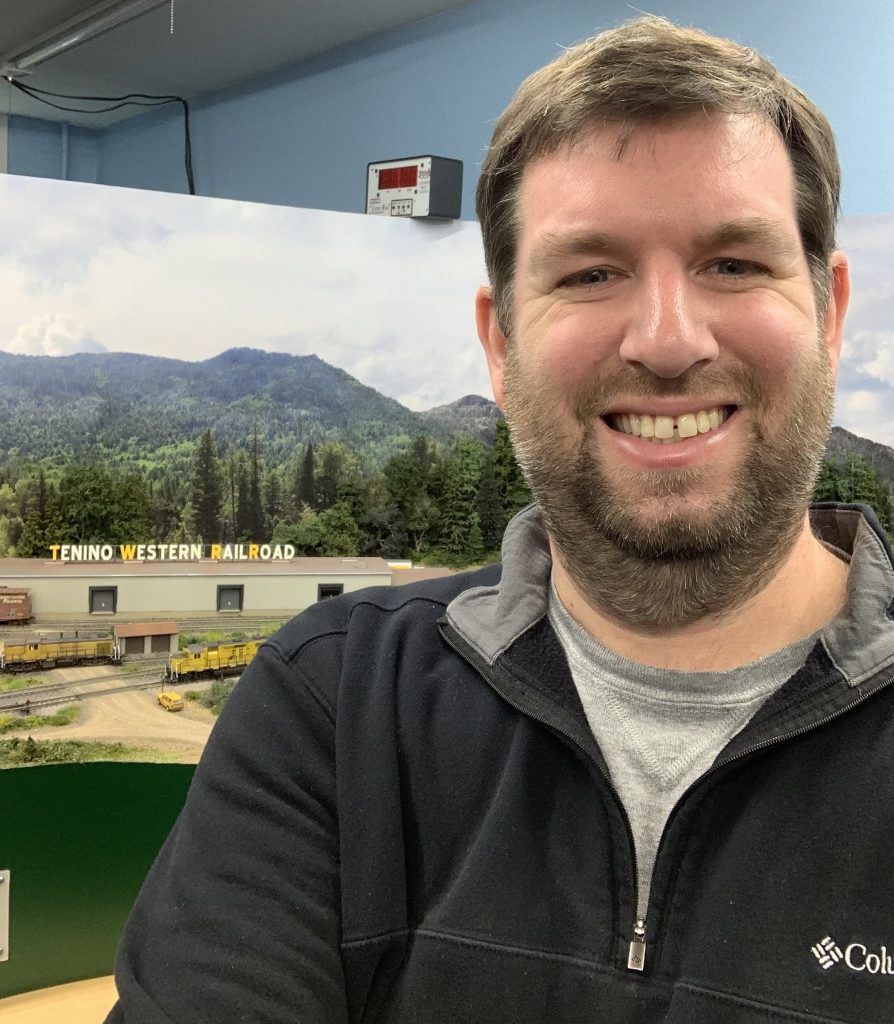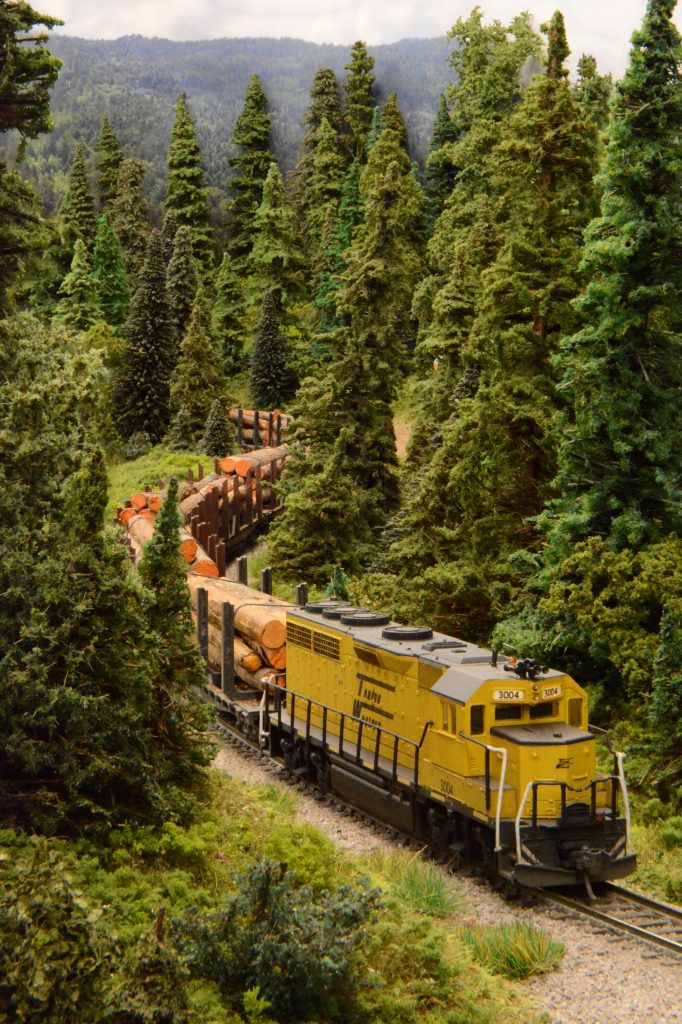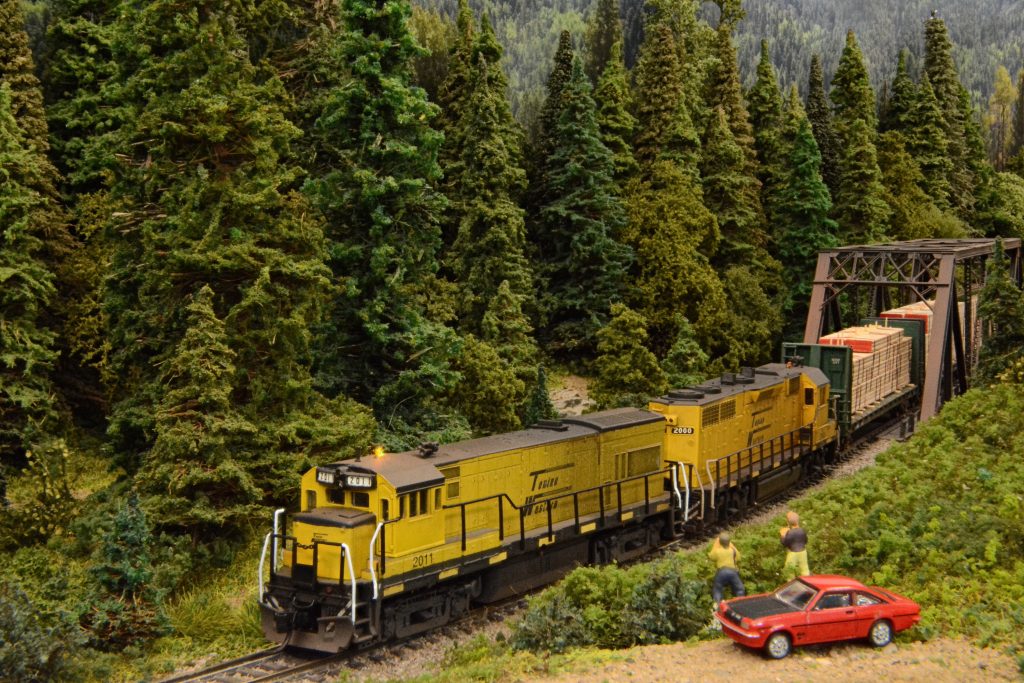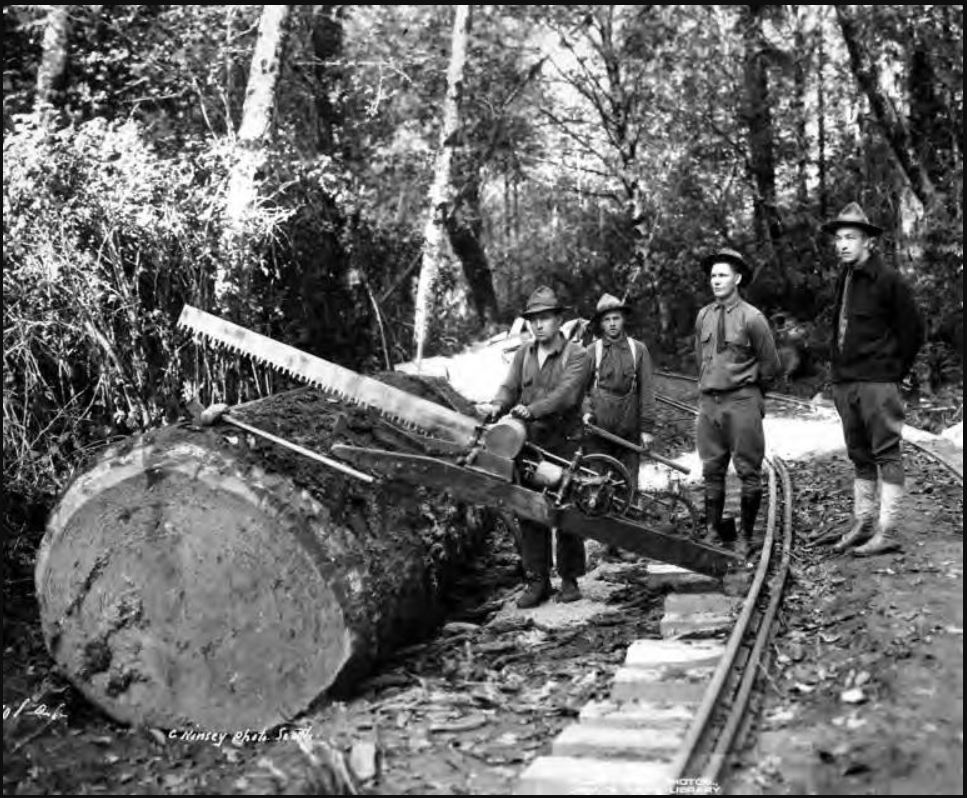By Alex Brikoff
Eastside Virtual Get Together Clinic will be held on THURSDAY, November 19, 2020 at 7:00 PM (lobby opens at 6:45 PM ) PDT
I’m happy to announce our next Eastside Clinic will be held virtually on ZOOM next Thursday, 11/19, starting at 7:00 PM with our virtual lobby opening at 6:45 PM. Since our clinics are virtual these days, I would like to extend an invitation to all the 4th Division to attend next Thursday. So be sure and save the date for the November Eastside Clinic next Thursday, 11/19 at 6:45 PM! The log in info for the clinic is below.
Topic: Eastside November 2020 Get Together Clinic
Time: Nov 19, 2020 06:45 PM Pacific Time (US and Canada)
Join Zoom Meeting:
https://zoom.us/j/92346692557?pwd=YkVQOU5rZ0pLVGw2Tzc3YXB0dlQ1Zz09
Meeting ID: 923 4669 2557
Passcode: 538882
Our Clinic this month is titled “Steam Locomotive Appliances” and will be presented by Ted Becker. This clinic will finally answer: What is about all that “stuff” hanging on the locomotive with all those pipes running all over the outside, compressors, turbos, injectors, feedwater heaters, pumps, turrets, and why they are there. The clinic will also cover a little bit on how a steam locomotive works with a touch of history.
After the Clinic, we will have some time for other folks to show off their latest model work in our “Show and Brag” segment.
Alex Brikoff





